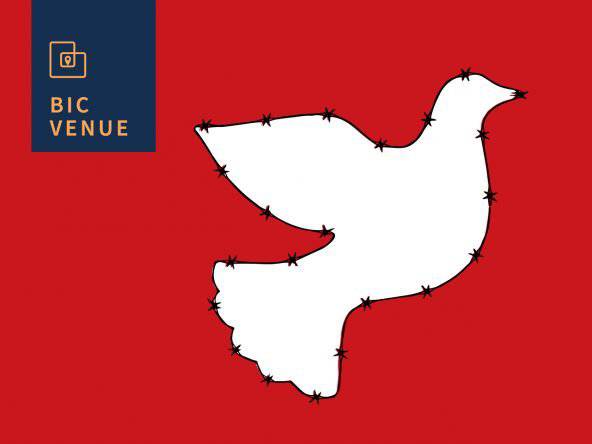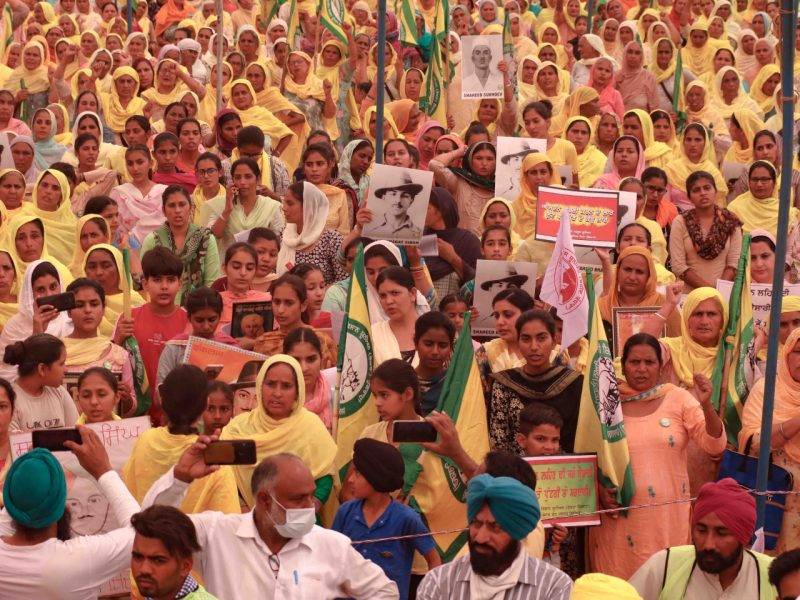India’s National Security Situation A Look Back at the Last Few Decades

Details
May 05 2022 to May 05 2022 6:30 p.m.
EVENT HAS ENDED
Where
Bangalore International Centre
7 4th Main Rd, Stage 2, Domlur 560071
Event Description
In the public discourse in India, the term ‘national security’ is often conflated with the defence of national borders. However, the national security establishment—particularly after the nuclear tests of 1998 and the Kargil War in 1999—has developed a more holistic approach to national security and established structures to tackle it in all its aspects. In 2011, about a decade after the fundamental restructuring of the national security apparatus, the government appointed a task force to review the system and suggest course corrections as may be required.
In the past few decades, challenges to India’s national security have grown more complex and intense. Along its land frontiers, India faces disputed boundaries and competing territorial claims with both Pakistan and China. The Line of Control (LoC), a de facto boundary with Pakistan, and the Line of Actual Control (LAC), an unmarked boundary with China, have remained contentious for decades. Beijing has also forged partnerships with other states in the Indian Ocean Region (IOR), if not of the same depth and breadth as its relationship with Pakistan.
India’s national security landscape, if not irretrievably perilous, is stressed and susceptible to conflict with its neighbours. We have seen the impact these conflicts have had on India, as well as the successes and failures of how India has dealt with the same. Some of these points have also been discussed in a recently published book by one of the discussants, Mr. Manish Tiwari, called ‘10 Flashpoints; 20 Years National Security Situations that Impacted India‘.
In collaboration with The Takshashila Institution













